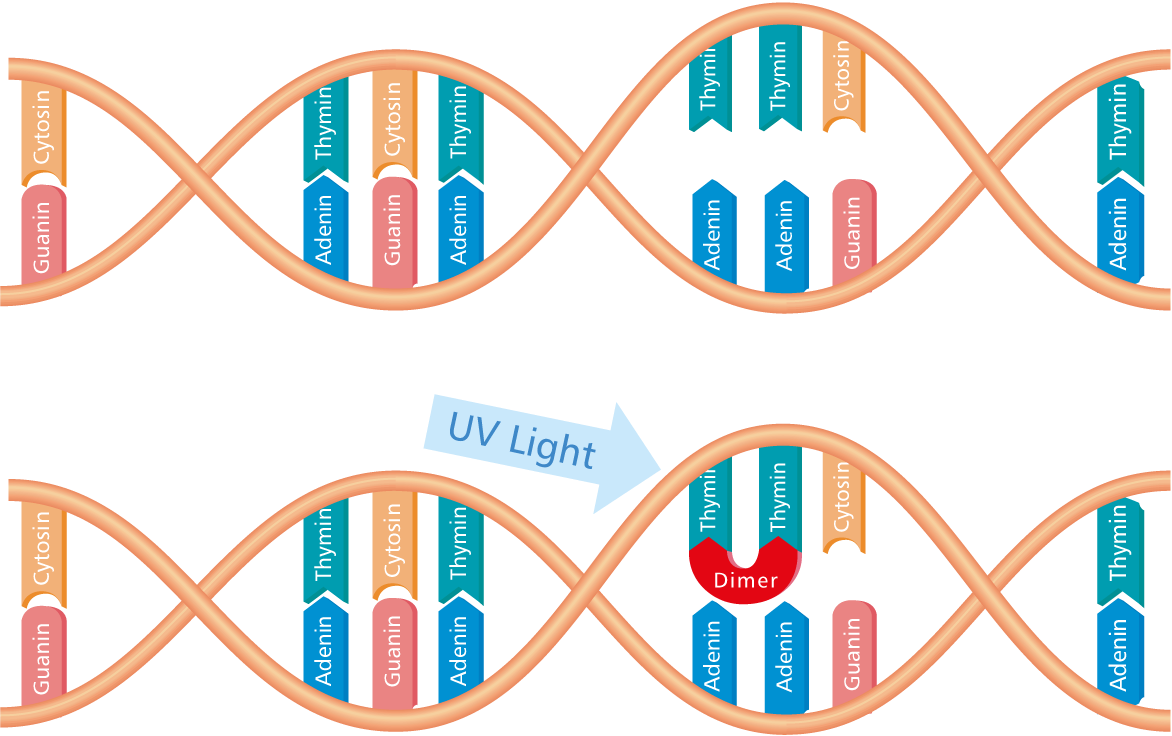UV disinfection is modelled on the natural workings of sunlight. One of the major benefits of UV technology is that it inactivates microorganisms without the use of chemicals. UV technology is used as an environmentally friendly alternative in disinfecting water, air and surfaces.
Besides the visible radiation that the human eye perceives as light, the sun also emits invisible wavelengths such as infrared and ultraviolet (UV) light. UV light has a wavelength of between 100 nm and 380 nm and is subdivided into three categories: UV-A, UV-B and UV-C.

For disinfection applications, we use only UV-C light, which is high in energy. Our state-of-the-art low-pressure lamps emit radiation with a wavelength of 254 nm, which is particularly effective in inactivating harmful germs, viruses and fungi. This UV-C radiation damages and destroys the DNA of microorganisms, hence preventing their reproduction.

As a rule, adding chemicals is no longer necessary. UV-C radiation is particularly effective in inactivating chlorine-resistant pathogens such as cryptosporidia. The medium retains its taste, odour, pH, and its properties in general – an unbeatable advantage over the chemical treatment of drinking water or process water!
Our UV-C lamps are in use the world over as a physical alternative for disinfecting surfaces, air and water. They are widely deployed in systems used to disinfect municipal or industrial wastewater and drinking water.
Other areas where dissol GmbH radiation technology is applied are the semiconductor industry, pharmaceuticals, fish farming, the beverage industry and swimming pools.
UV-C technology opens up a world of opportunities. Are you looking for a tailor-made solution to fit your needs? Let’s work together on developing new concepts. We look forward to supporting you with our expertise.
